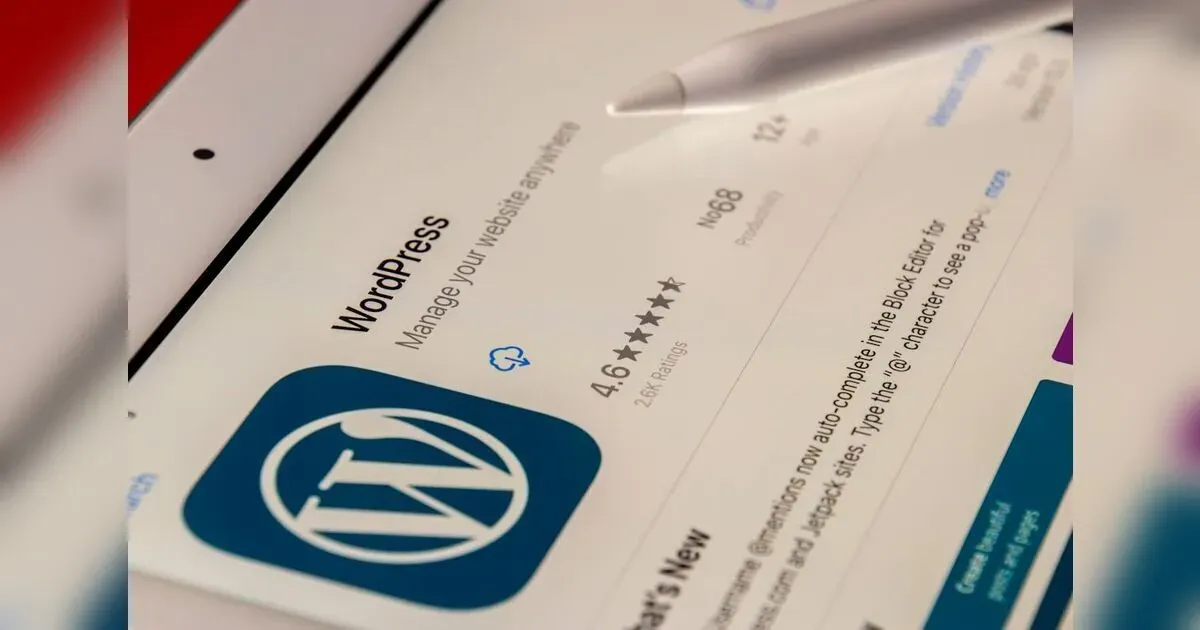Find out the way You can Manage a PPC Campaign Well.
Achieving success begins with utilizing research, data, and insights in order to develop a strong strategy. To create a PPC Campaign plan, establish the structure of your PPC campaign, recognize, create, and improve the landing pages for your campaign, develop a keyword plan using the information gathered from your research, generate advertisements informed by the observations made in the previous stages, and communicate your campaign strategy with stakeholders.
Some Examples Of Mistakes Marketers Make
• Creating a single simple campaign without relying on the Ad Groups tool in Google Ads.
• Coming up with keywords based on intuition rather than conducting research.
• Not including "negative keywords" or oversee campaigns which can lead to budget waste.
• Using boring landing pages or a homepage that doesn't generate any leads for the campaign.
• Launching campaigns, establishing budget limits, and initiating without notifying internal or external stakeholders.
• Coming up with keywords based on intuition rather than conducting research.
• Not including "negative keywords" or oversee campaigns which can lead to budget waste.
• Using boring landing pages or a homepage that doesn't generate any leads for the campaign.
• Launching campaigns, establishing budget limits, and initiating without notifying internal or external stakeholders.
Steps for Managing a PPC Campaign
We will now delve into the management of PPC campaigns.
Step 1: Select The Tools And Software To Manage Your PPC Campaigns
Multiple platforms exist for controlling your PPC campaign. We suggest focusing on one platform and becoming an expert in it to maintain low costs during the early stages of PPC strategy development. You can easily handle your campaign within the platform you already use for running ads, instead of purchasing an outside campaign management tool, to make things simpler.
Nevertheless, when broadening your strategy to encompass additional websites, we have realized the necessity for the capabilities of a more powerful PPC campaign management tool. Advanced tools enable you to monitor every platform, budget, and group of ad creatives in one location.
Nevertheless, when broadening your strategy to encompass additional websites, we have realized the necessity for the capabilities of a more powerful PPC campaign management tool. Advanced tools enable you to monitor every platform, budget, and group of ad creatives in one location.
Step 2: Comprehend The Structure Of Your PPC Campaign
Your ad campaigns could have multiple ad groups, each focused on a specific set of related keywords. Multiple ads with similar targeted keywords can be found within each ad group. Running several campaigns enables you to establish daily spending limits, schedule ads, and choose specific regions for targeting within each campaign.
If you are placing bids on both generic and branded keywords, it is best to organize them into different campaigns. The criteria for these two kinds of keywords are expected to vary. You will notice that your template exemplifies these best practices by offering sections for multiple campaigns, ad groups, and different ad versions within those groups.
If you are placing bids on both generic and branded keywords, it is best to organize them into different campaigns. The criteria for these two kinds of keywords are expected to vary. You will notice that your template exemplifies these best practices by offering sections for multiple campaigns, ad groups, and different ad versions within those groups.
Step 3: Recognize Your Landing Pages
A landing page is the webpage where your paid ad's PPC traffic is directed after clicking. Avoid sending PPC visitors directly to your homepage or blog with the expectation that they will discover and complete a lead generation form. This is the function of natural search.
Instead, direct your audience to a landing page with messaging customized for your campaign objective. It must include a form that gathers their contact details in return for a promotion or valuable item. Make sure to include a tracking token or UTM parameter on the webpage to track your leads' sources.
Expert advice: Remember that the ultimate URL in an ad group will stay constant no matter the keyword or ad. If you wish to direct a keyword to a different landing page, you have the option to create a new ad group. If you desire greater precision, establish a separate campaign for that same keyword.
Instead, direct your audience to a landing page with messaging customized for your campaign objective. It must include a form that gathers their contact details in return for a promotion or valuable item. Make sure to include a tracking token or UTM parameter on the webpage to track your leads' sources.
Expert advice: Remember that the ultimate URL in an ad group will stay constant no matter the keyword or ad. If you wish to direct a keyword to a different landing page, you have the option to create a new ad group. If you desire greater precision, establish a separate campaign for that same keyword.
Step 4: Create Your Plan For Keywords
Make sure to always choose keywords that are related to your landing page and the product or service you are promoting. Having relevant keywords is crucial as they boost the opportunity for the correct potential customer to view your ad, click on it, and visit the landing page. Wanting to optimize for various keywords may seem appealing, however, it is not advisable to attempt doing so with just one landing page.
What is the reason behind it? A successful landing page includes specific messaging that targets a select few keywords. If the keyword does not match the content on your landing page, your ad budget will be wasted because visitors are unlikely to take action. It's preferable to develop a new offer and landing page tailored to those extra keywords with appropriate messaging.
Expert advice: To gain insight into search volumes and expenses related to desired keywords, utilize resources such as the Google AdWords Tool or the HubSpot keywords tool. To optimize Google Ads performance, make sure to understand keyword quality scores.
What is the reason behind it? A successful landing page includes specific messaging that targets a select few keywords. If the keyword does not match the content on your landing page, your ad budget will be wasted because visitors are unlikely to take action. It's preferable to develop a new offer and landing page tailored to those extra keywords with appropriate messaging.
Expert advice: To gain insight into search volumes and expenses related to desired keywords, utilize resources such as the Google AdWords Tool or the HubSpot keywords tool. To optimize Google Ads performance, make sure to understand keyword quality scores.
Step 5: Generate Your Advertisements
This is an enjoyable section. The majority of PPC campaign management tools enable users to generate one or multiple ads for every ad group, which is why they are referred to as "groups". After producing numerous advertisements, these platforms show different versions of the ad to your viewers in order to determine which version generates a higher clickthrough rate (CTR).
A/B testing is the term for this. Although A/B testing is not required, we strongly suggest utilizing it. Repeatedly, we have observed that the valuable information gained from A/B testing greatly enhances the effectiveness of campaigns and return on investment.
Expert advice: Experimenting with different versions of your ad's call to action - the statement prompting your potential customers to take a desired action, such as registering for more details or accessing a particular resource, is a highly successful A/B testing method.
A/B testing is the term for this. Although A/B testing is not required, we strongly suggest utilizing it. Repeatedly, we have observed that the valuable information gained from A/B testing greatly enhances the effectiveness of campaigns and return on investment.
Expert advice: Experimenting with different versions of your ad's call to action - the statement prompting your potential customers to take a desired action, such as registering for more details or accessing a particular resource, is a highly successful A/B testing method.
Step 6: Distribute The Finalized Template To Stakeholders
Your finished template must meet the expectations of stakeholders and include the necessary components for a successful PPC campaign. The template will assist PPC campaign stakeholders with two aspects. Initially, the advertisement planner template provides an overview of the actions being taken by the individual managing the ads. Next, the ad results template indicates the amount of money you are investing in PPC advertising.
Conclusion
Creating a solid PPC campaign layout can assist you in steering clear of various hurdles. Also, when creating your ad, make sure to focus on your headline. The headline has the most impact on the click-through rate of an advertisement. Furthermore, make sure to add a keyword in your headline to catch the eye of users. Using dynamic keyword insertion is an improved strategy to customize your ads and make them more relevant to individuals seeking your offerings.


























